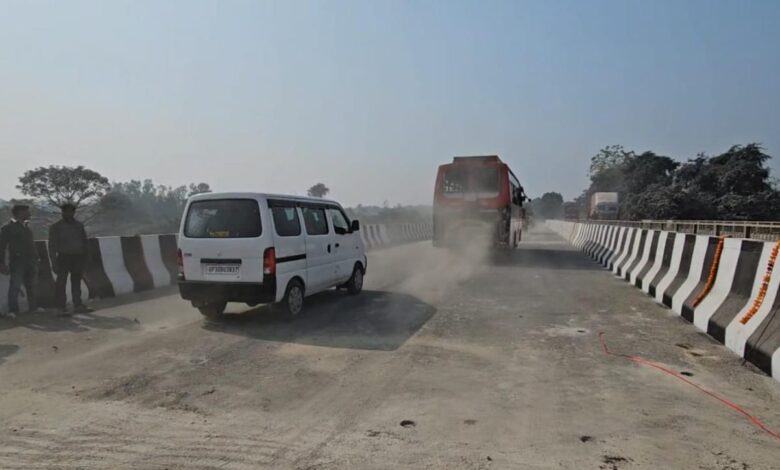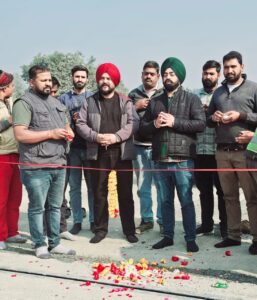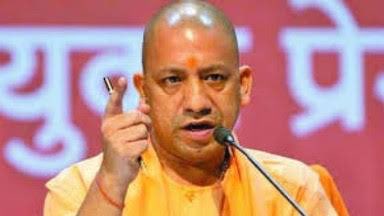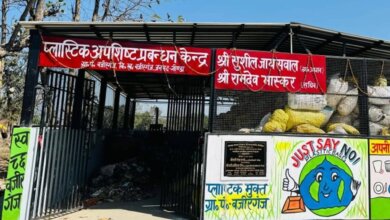हरदोई-लखनऊ हाईवे पर पुल का उद्घाटन, यात्रियों को मिली बड़ी राहत
हरदोई रोड स्थित ग्राम बुधरिया एवं टिकैत गंज बेहता नाला पुल का हुआ उद्घाटन

लखनऊ। हरदोई-लखनऊ हाईवे पर स्थित नये पुल पर आवागमन शनिवार से शुरू हो गया। शनिवार को ही फीता काटकर इसका शुभारम्भ किया गया।
उद्घाटन के मौके पर नैनजीत सिंह सोबती (मैनेजिंग डायरेक्टर),राहुल चक्रेश (जनरल मैनेजर ), जगवीर सिंह (जनरल मैनेजर), सूरज जायसवाल (डिप्टी प्रोजेक्ट मैनेजर ) अन्य महत्वपूर्ण व्यक्तित्व उपस्थित रहे।

पुल का निर्माण आरपी इंफ्रावेंचर प्रा. लिमिटेड और सोबती इंफ्राटेक लिमिटेड (JV) द्वारा इंजीनियरिंग, प्रोक्योरमेंट और कंस्ट्रक्शन (EPC) मोड के तहत सफलता पूर्वक पूरा किया गया। उल्लेखनीय है कि इस पुल को बहुत कम समय में तैयार कर खड़ा कर दिया गया, जो प्रोजेक्ट टीम की उत्कृष्ट कार्यक्षमता और समर्पण का प्रमाण है।
यह पुल अब स्थानीय नागरिकों और यात्रियों के लिए यातायात को सुगम और सुरक्षित बनाने में महत्वपूर्ण भूमिका निभाएगा। हरदोई और लखनऊ के बीच यात्रा को और अधिक आसान, तेज और सुविधाजनक बनाने के लिए यह पुल एक बड़ा कदम साबित होगा।




